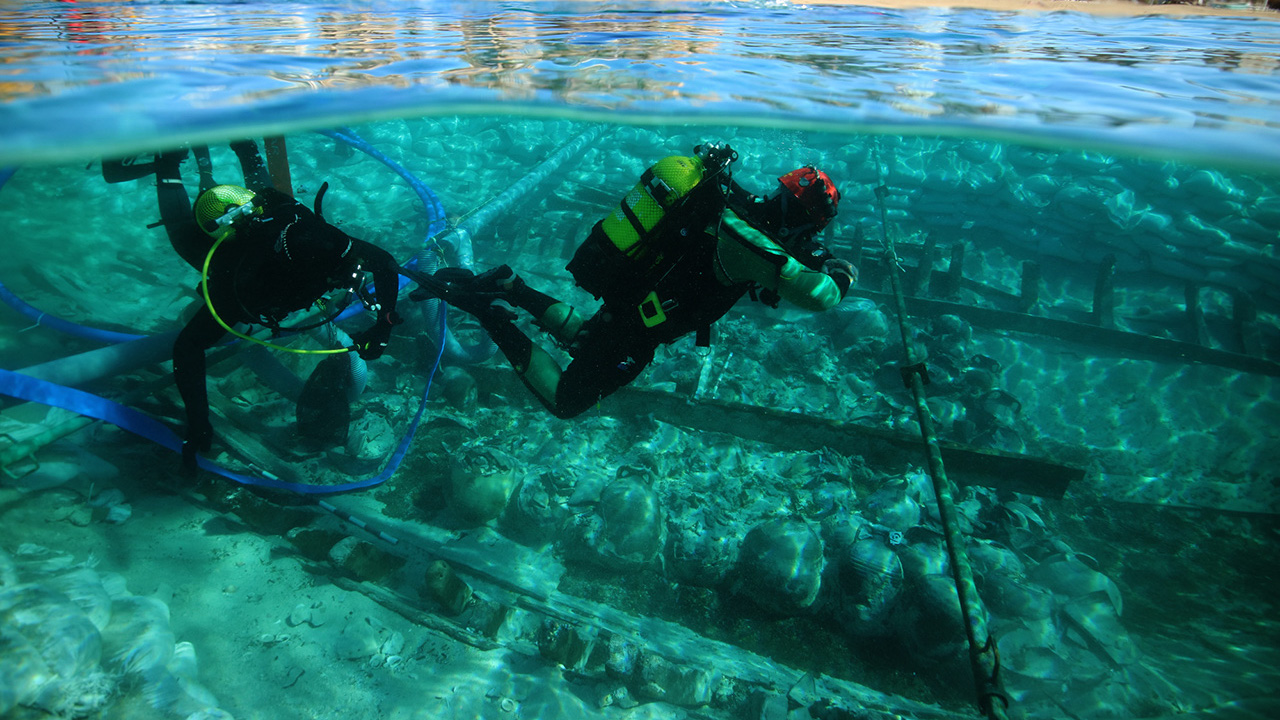Microorganisms, Vol. 12, Pages 327: Genomic Analysis Points to Multiple Genetic Mechanisms for Non-Transformable Campylobacter jejuni ST-50
Microorganisms doi: 10.3390/microorganisms12020327
Authors: Craig T. Parker David A. Villafuerte William G. Miller Steven Huynh Mary H. Chapman Zahra Hanafy James H. Jackson Morgan A. Miller Sophia Kathariou
Campylobacter jejuni and Campylobacter coli are well known for their natural competence, i.e., their capacity for the uptake of naked DNA with subsequent transformation. This study identifies non-transformable C. jejuni and C. coli strains from domestic animals and employs genomic analysis to investigate the strain genotypes and their associated genetic mechanisms. The results reveal genetic associations leading to a non-transformable state, including functional DNase genes from bacteriophages and mutations within the cts-encoded DNA-uptake system, which impact the initial steps of the DNA uptake during natural transformation. Interestingly, all 38 tested C. jejuni ST-50 strains from the United States exhibit a high prevalence of non-transformability, and the strains harbor a variety of these genetic markers. This research emphasizes the role of these genetic markers in hindering the transfer of antimicrobial resistance (AMR) determinants, providing valuable insights into the genetic diversity of Campylobacter. As ST-50 is a major clone of C. jejuni globally, we additionally we determined the prevalence of the genetic markers for non-transformability among C. jejuni ST-50 from different regions of the world, revealing distinct patterns of evolution and a strong selective pressure on the loss of competence in ST-50 strains, particularly in the agricultural environment in the United States. Our findings contribute to a comprehensive understanding of genetic exchange mechanisms within Campylobacter strains, and their implications for antimicrobial resistance dissemination and evolutionary pathways within specific lineages.

 2 months ago
22
2 months ago
22


